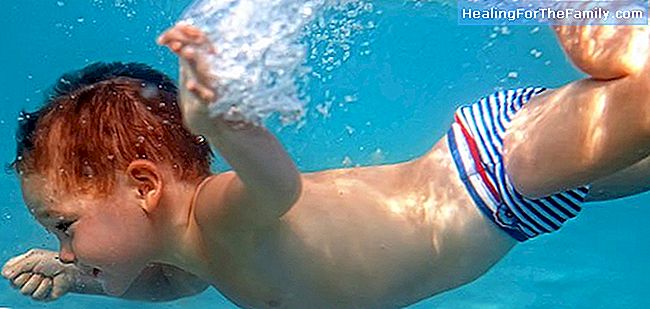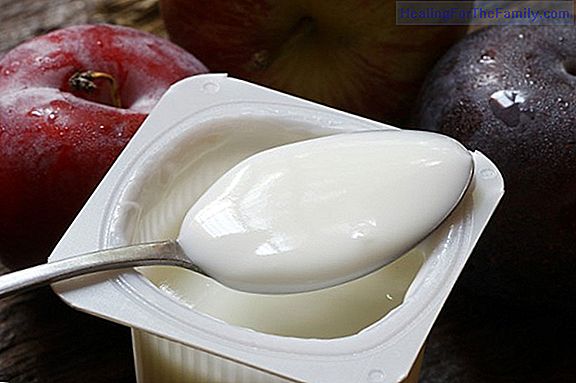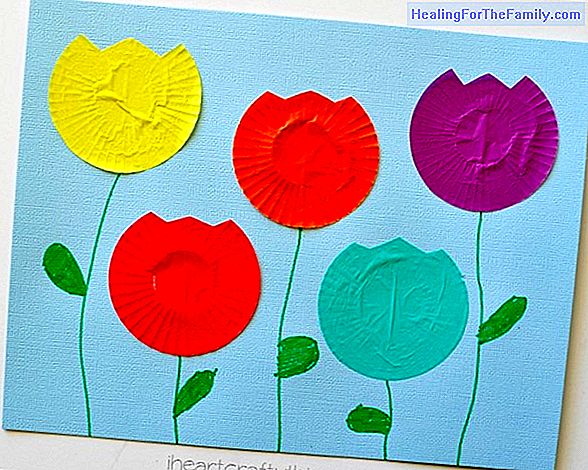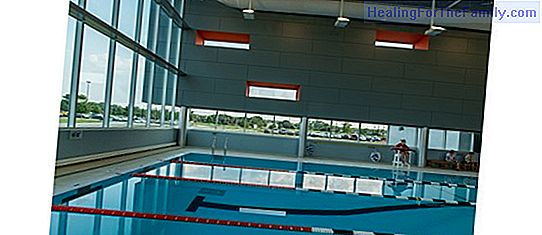Fear of water for children and babies
The fear of water for children and babies usually provokes tantrums and tantrums in children who do not want to enter the water. This fear of water can ruin the best family vacations. Familiarizing the child with water and facilitating its adaptation to the aquatic environment has its secrets. And i
The fear of water for children and babies usually provokes tantrums and tantrums in children who do not want to enter the water. This fear of water can ruin the best family vacations. Familiarizing the child with water and facilitating its adaptation to the aquatic environment has its secrets. And it is that both the pool and the sea are for children unknown aquatic means that offer no security. In some cases, because it is the first time the baby sees the sea or approaches a pool and at other times because he does not remember the last time he was there, the children have to adapt.
The difference in temperature of the cold water to the hot water of the bath or the shower to which they are accustomed is one of the first changes they notice. Another is to face the immensity of the sea, so it is better to go before a pool so that the change is not so abrupt.
How to overcome the fear of water of babies and children

1. Step by step with the baby. First, let your baby touch the water with his hands, splash and play with it. In this way, you will also get used to its temperature, which is usually colder than that of the shower or bathtub at home.
2. Feet and legs of the baby. When you have become accustomed, introduce your feet and legs into the water. Sit with your baby on the curb of a pool and let it splash with the movement of your legs. Then you can put him in a children's pool, about 25 cm deep, so that water caresses his legs and can play. This depth will allow you to sit and stand up as often as you want and notice that the water rises up to your chest without danger. You can follow this same process on the seashore. But you must be careful and choose a day of calm and calm sea so that the waves do not disturb you.
3. Loss of plantar support. When you see that your baby has successfully passed this first initial phase, the next step is to teach him to float in an area of the pool or the sea where he does not stand. The loss of plantar support is a difficult test for them and constitutes a challenge. Let it grip you tightly by entwining legs around your waist and arms around your neck. Start a trajectory of gentle movements so your baby feels safe.
4. Flotation materials for babies. To continue with the flotation you can use different aquatic materials and accessories so that the baby can acquire independence at any time, always under the supervision of an adult. Equipped with the chosen material, the baby can slide with your help to the ladder or curb of the pool, so that your shoulders are covered with water. In the sea we can catch him by the feet and play the "wheelbarrow", releasing one foot and then another. At this stage it is preferable that the child always has his head above water.
5. Immersion of babies. Bubble games, which consist of taking the air first and blowing hard under the water to make bubbles, help to learn to breathe in the water.
6. Safety in the sea and in the pool.The company of an adult will make the baby feel safe and confident. This is the key that will help the child to progress and continue to achieve new goals and objectives.
7. Patience.Adaptation to water takes time and each child has a different element. Keep in mind that it can be a process of days or weeks, but the important thing is that it is continuous. The first thing that children's aquatic stimulation monitors recommend is not to spend a lot of time between class and class to avoid starting over with the objectives achieved. Think that for your baby learning to swim should be enjoyable. Surround him with smiles, the positive environment will be a very beneficial stimulus for your baby.
Marisol Nuevo. Editor of Guiainfantil












